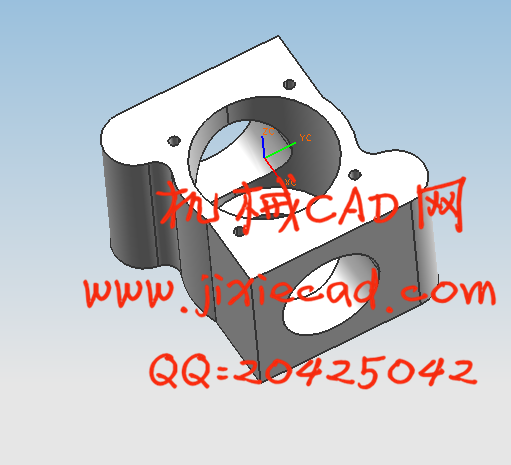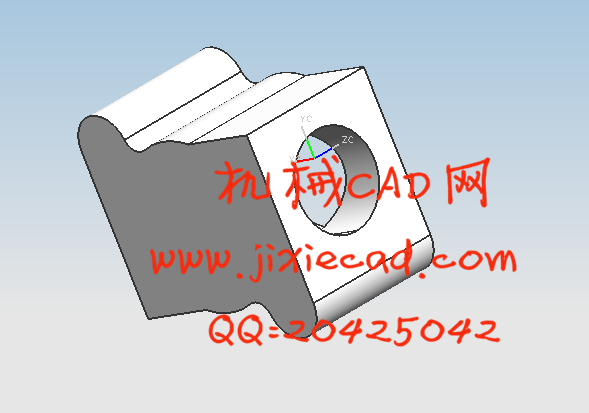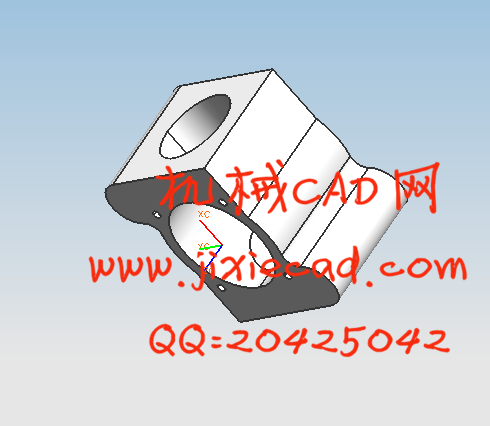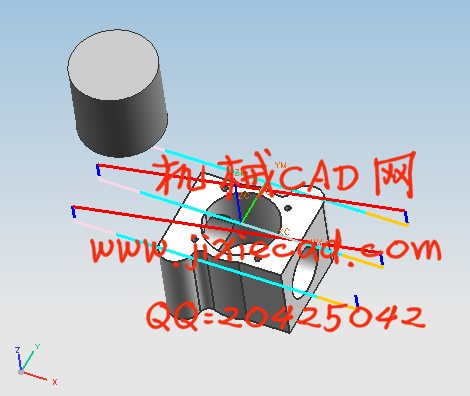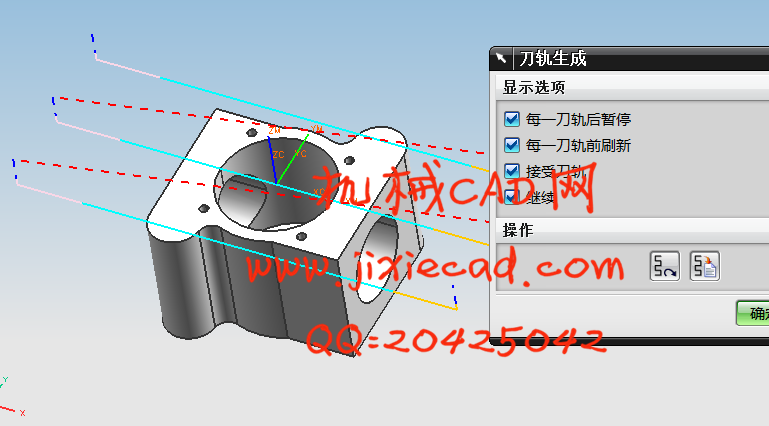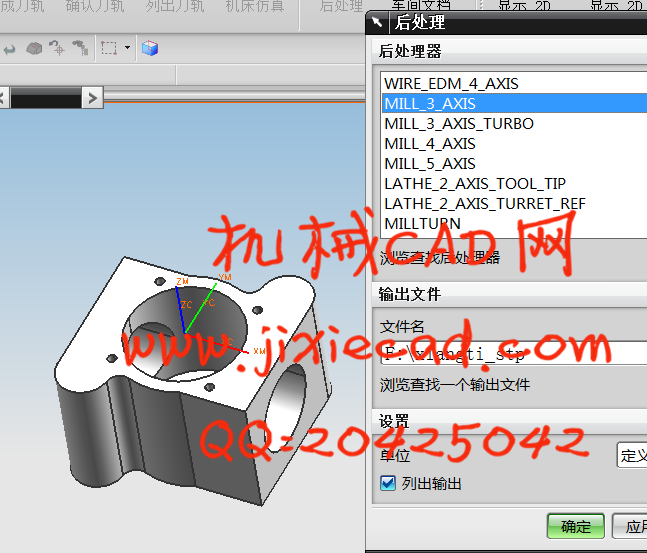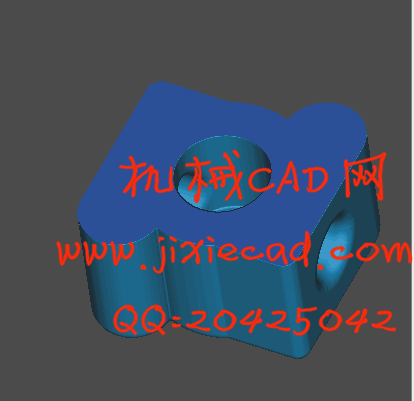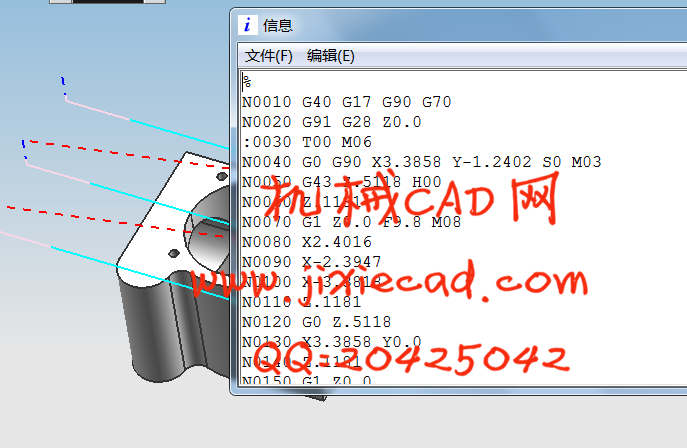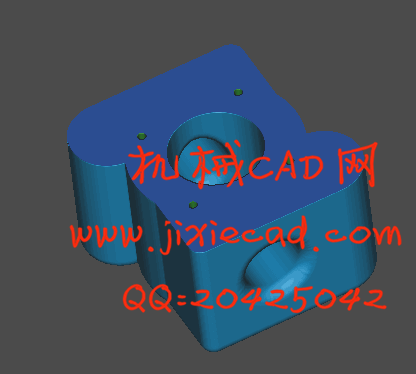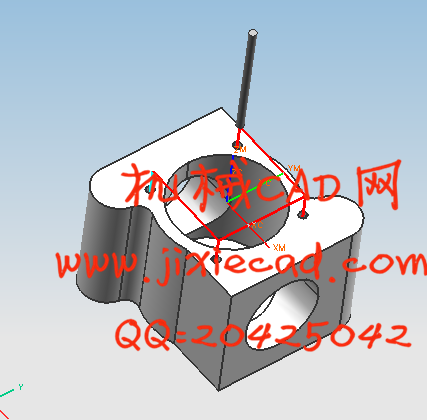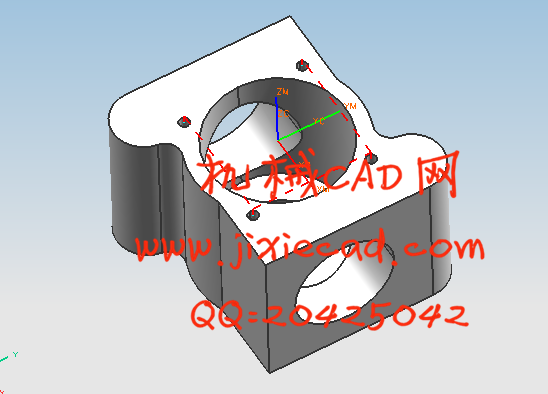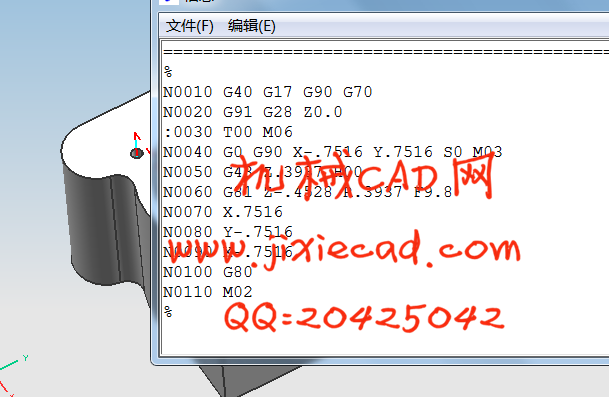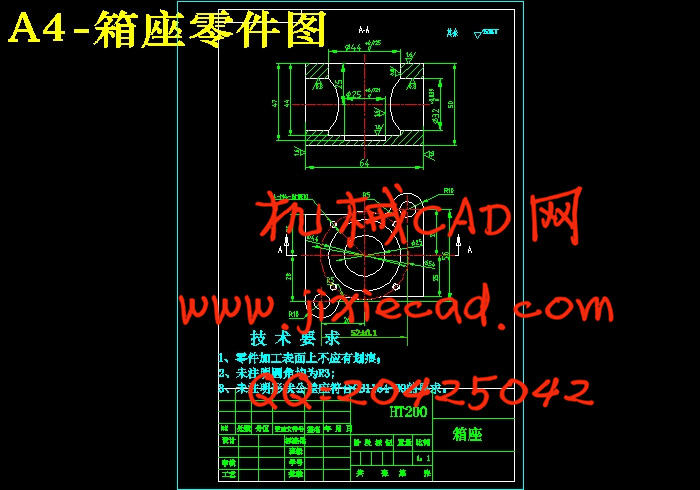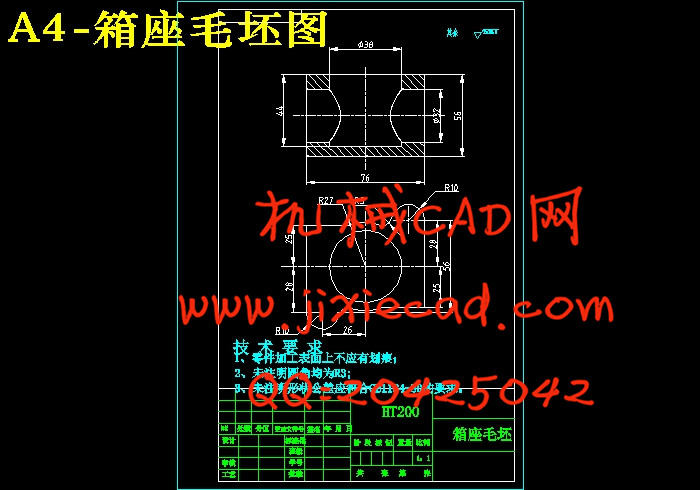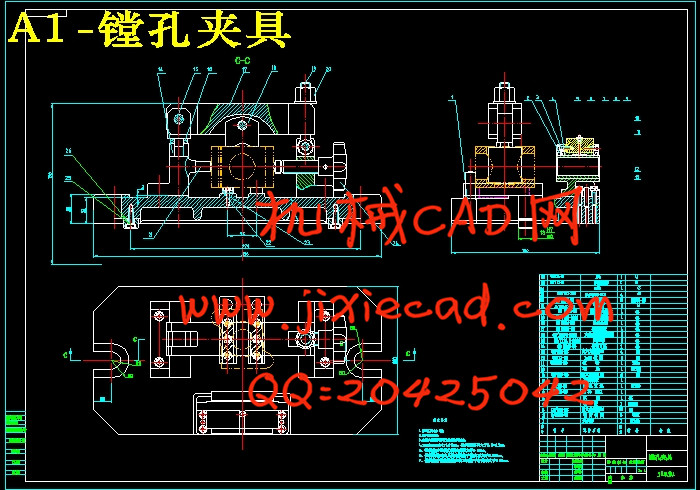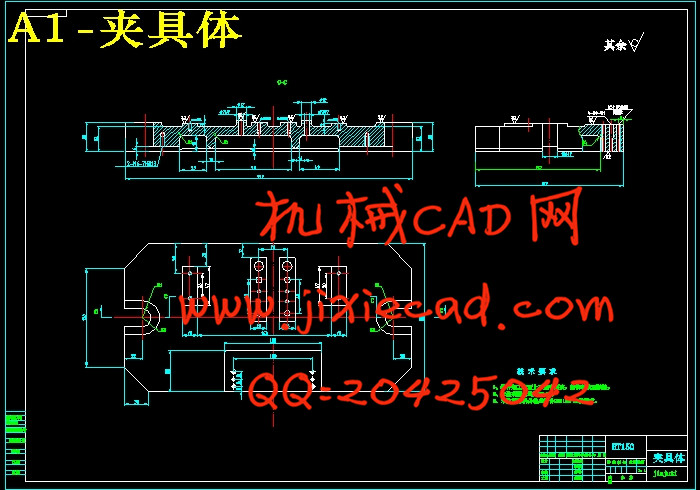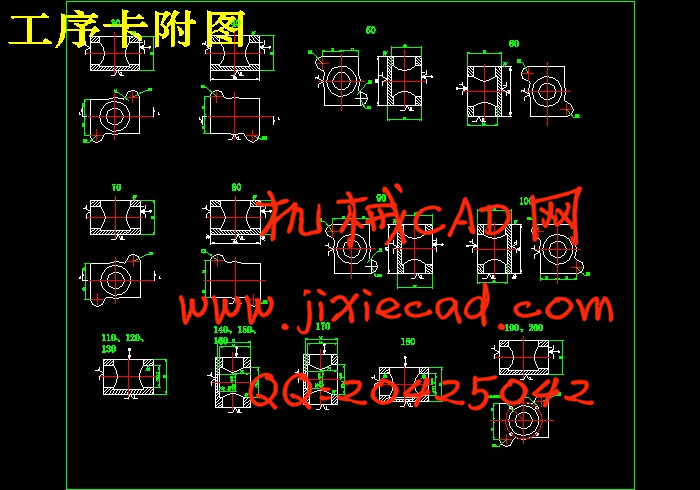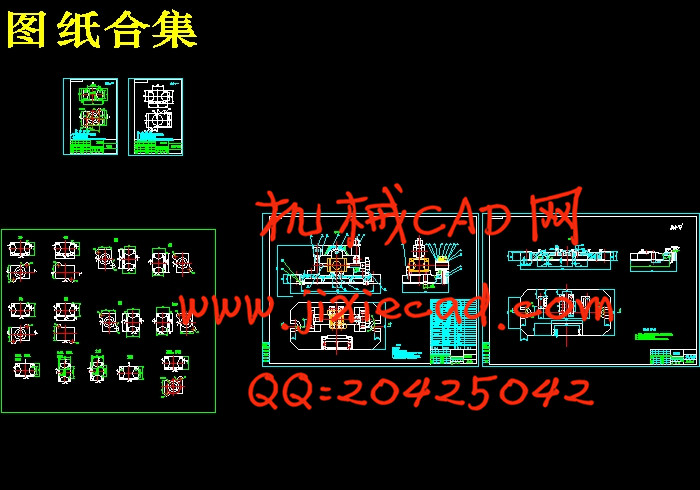设计简介
YJS3箱座零件的加工工艺设计及数控加工程序
摘 要
箱座零件加工工艺及镗孔夹具设计是包括零件加工的工艺设计、工序设计以及专用夹具的设计三部分。在工艺设计中要首先对零件进行分析,了解零件的工艺再设计出毛坯的结构,并选择好零件的加工基准,设计出零件的工艺路线;接着对零件各个工步的工序进行尺寸计算,关键是决定出各个工序的工艺装备及切削用量。
关键词:工艺,工序,切削用量
Process design and NC machining program YJS3 box seat parts
摘 要
箱座零件加工工艺及镗孔夹具设计是包括零件加工的工艺设计、工序设计以及专用夹具的设计三部分。在工艺设计中要首先对零件进行分析,了解零件的工艺再设计出毛坯的结构,并选择好零件的加工基准,设计出零件的工艺路线;接着对零件各个工步的工序进行尺寸计算,关键是决定出各个工序的工艺装备及切削用量。
关键词:工艺,工序,切削用量
Process design and NC machining program YJS3 box seat parts
Abstract
The box seat parts processing technology and fixture design is a boring process designing, including the parts processing process design and fixture three. In the process of design should first carries on the analysis to the components, parts of the process to understand the design of the structure and the choice of blank, processing base part, design part of the process route; and then on the part of every step of process dimension calculation, the key is to determine the craft equipment and the cutting dosage of each working procedure.
Keywords: process, process, cutting parameters
目 录
The box seat parts processing technology and fixture design is a boring process designing, including the parts processing process design and fixture three. In the process of design should first carries on the analysis to the components, parts of the process to understand the design of the structure and the choice of blank, processing base part, design part of the process route; and then on the part of every step of process dimension calculation, the key is to determine the craft equipment and the cutting dosage of each working procedure.
Keywords: process, process, cutting parameters
目 录
第1章 序 言 1
1.1数控加工工艺内容的选择 2
1.2 数控加工工艺性分析 2
1.3数控加工工艺路线的设计 2
第2章 零件的分析 4
2.1零件的形状 4
2.2零件的工艺分析 4
第3章 选择毛坯,确定毛坯尺寸,设计毛坯图 6
第4章 选择加工方法,制定工艺路线 8
4.1 基面的选择 8
4.2 制定工艺路线 8
4.2.1 工艺路线方案一 8
4.2.2 工艺路线方案二 9
4.2.3 工艺方案的比较与分析 9
4.3 选择加工设备和工艺装备 10
4.3.1 机床选用 10
4.3.2 选择刀具 10
4.3.3 选择量具 11
4.4 机械加工余量、工序尺寸及毛坯尺寸的确定 11
第5章 确定切削用量及基本时间 13
5.1 工序Ⅰ切削用量及基本时间的确定 13
5.2 工序Ⅱ切削用量及基本时间的确定 14
第6章 镗孔夹具设计 18
6.1 研究原始质料 18
6.2 定位、夹紧方案的选择 18
6.3切削力及夹紧力的计算 18
6.4 误差分析与计算 20
6.5定位销选用 20
6.6 夹具设计及操作的简要说明 21
第7章 数控加工程序 22
7.1 软件的选择 22
7.2 刀具路径的生成 22
7.3 初始参数设定 22
7.4 创建刀具 23
7.5 创建粗加工操作 24
7.6 创建精加工操作 27
总 结 31
参考文献 32
致 谢 33


